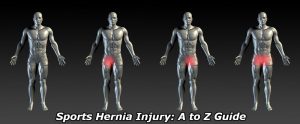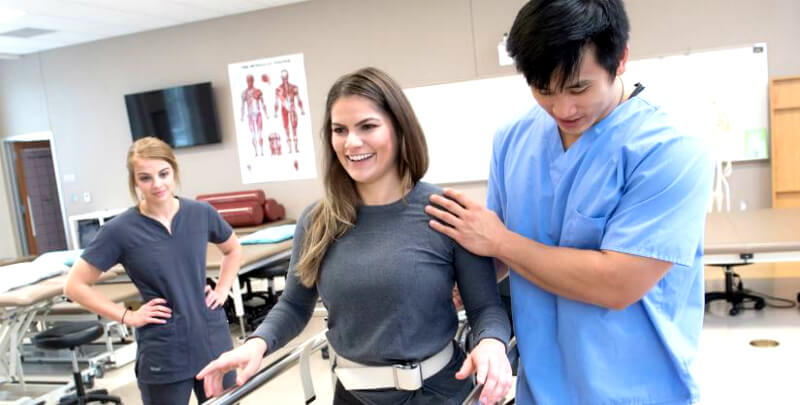
Proper physical therapy relies first on relieving pain and then treating the root cause of the problem to prevent re-injury and further issues or damage. To this end, rehabilitation techniques, specialized equipment, and powerful software are used to treat acute injuries resulting from a sudden event or crash, as well as overuse injuries most commonly found in athletes or highly-active individuals.
While rehabilitation can be performed without the help of a professional, physical therapists can provide expert medical oversight and guide patients step-by-step through the recovery process–increasing success rates and decreasing healing times. During the initial stages following injury, professional oversight is especially important to avoid making any critical mistakes.
Physiotherapy relies on the use of manual and exercise therapy to restore proper movement in those who are experiencing pain or dysfunction. By establishing the correct diagnosis and prescribing the correct treatment and rehabilitation plan, therapists can successfully return patients to their pre-injury levels.
Rehabilitation and Treatment Guides
- Sports Hernia Treatment & Rehabilitation
- Knee Pain Treatment
- Groin Pain Treatment
- Lower Abdominal Muscle Pain Treatment
- Inguinal Ligament Pain Treatment
- Psoas Muscle Pain Treatment
- Shoulder Treatment & Rehabilitation
- Lower Body Mobility Routine
Initially, after injury, RICE should be performed.
- Rest
- Ice
- Compression
- Elevation if possible
RICE serves to alleviate swelling, inflammation, and pain as the body recovers from the initial trauma. The use of pain relievers or NSAIDs is controversial and may inhibit and slow the body’s natural healing process if taken for longer than 2 weeks, though evidence currently only points to this being an issue in bone healing.
Continue reading below, or click on an image to read another article.
The Effective Long-Term Physical Therapy and Rehab Approach
While RICE is an important first step during the initial injury period, long-term recovery is only possible through the correct physical therapy and rehabilitation approach.
Stretching, followed by myofascial release, followed immediately by progressive resistance through the use of rehabilitation exercises and movements is the foundation of any treatment plan.
Stretching is pretty straightforward, but what exactly is myofascial release? It is a form of therapy that focuses on soft tissue.
It is used to handle muscular immobility and pain by helping to relieve tension and stress that has accumulated during working out and basic day-to-day life.
Additionally, it helps to promote better blood flow and circulation; some studies also suggest that it may help build upon the “stretch reflex” found in muscles.
But, how exactly does rolling around on a ball or a foam roller help provide those benefits?
It comes down to your fascia. Fascia is a thin, yet tough connective piece of tissue that wraps around your muscles. Chicken breast is a perfect example.
Have you ever noticed the thin white film around raw chicken? That’s fascia. It’s role is to support and protect your muscle tissue. This layer is highly susceptible to becoming extremely tight and inhibited.
Foam rolling and performing myofascial release provides neuromuscular stimulation to the fascia surrounding your tender and sore muscles to relieve this tightness.
If you have ever stubbed your finger in a door and then blown on it or shaken it–you were doing the same thing. You were providing additional stimulation to your finger to mask the more painful one.
Making sure to develop your musculature evenly with the proper amount of stretching and myofascial release will leave your body happy, healthy, and constantly progressing.
Short and sweet, if you’re going to rehab alone with our guides, make sure to foam roll. This is an absolute must that needs to be done on a daily basis. This is going to make up the sweet sauce of your recovery protocol. Some of the areas to focus on include:
- Upper Thoracic Area
- Lats
- Lower Back
- Glutes
- Iliotibial Band (IT Band)
- Quads
- Calves
- Use a Lacrosse Ball. This goes hand in hand with the foam roller above. A lacrosse ball is an amazing tool for your glutes, shoulder capsule, and chest.
- Static Stretch. Traditional stretching movements.
More Articles
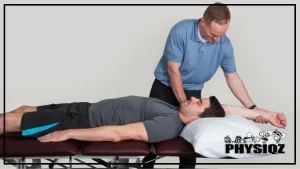
Breaking Free From Latissimus Dorsi Pain: Key Interventions for Muscle Ease and Strength

Physical Therapy Software
Sports Hernia Surgery: All Of Your Questions Answered
Top 10 Mobility Moves: Fix Your Knee, Back, Hip, & Groin Pain
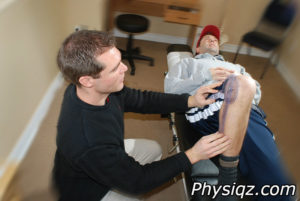
Strengthening Exercises and Stretches for Knee Pain Treatment
Shoulder Protocol to Build Strength and Mobility
Shoulder Pain: Self-Diagnosis Walk-through and 9 Rehabilitation Exercises To Fix It
Exercises For Strong and Supple Hips
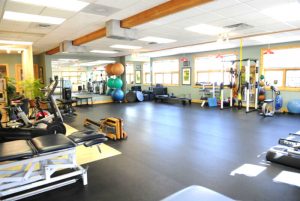
Physical Therapy Equipment List for Clinics: Full Catalog
Back Squats
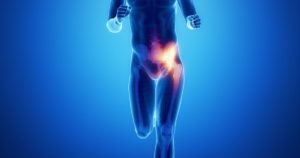
Sports Hernia Injury: Top Doctor Explains ALL (Treatment Tips & Tricks)
